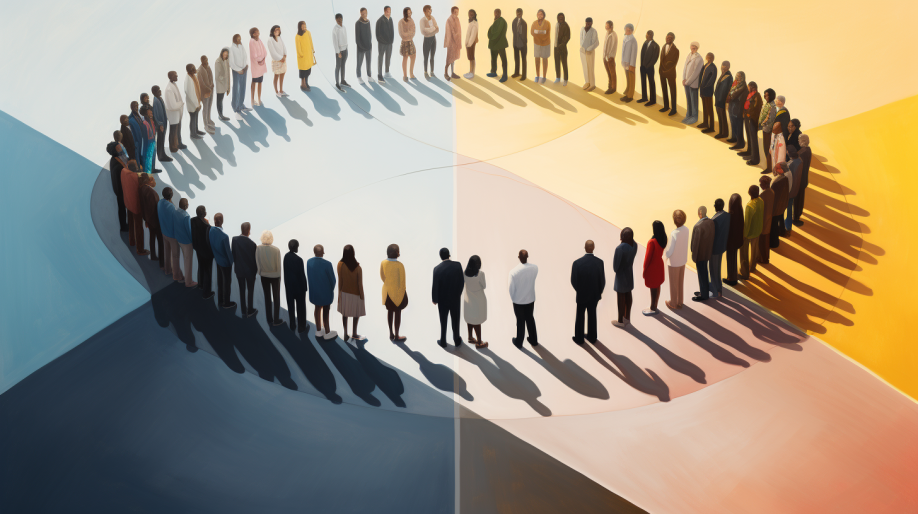Bias is like a fingerprint—unique, individual, and often invisible to the naked eye. Yet, it leaves its mark on everything we touch. How do we navigate a world colored by our own biases?
The challenge lies not just in identifying our biases but in understanding how they manifest in our daily lives. From the way we process information to the choices we make, bias is often the unseen hand guiding our actions. So, let’s delve into the labyrinth of the mind, where many of these biases first take root.

Cognitive Bias: The Mind’s Shortcuts
Our brains are wired to take shortcuts as a coping strategy, enabling us to sift through the deluge of information we face every day. These mental shortcuts, or cognitive biases, are shaped by our own experiences and preferences. While they allow for rapid decision-making, they can also mislead us, skewing our judgment and reinforcing our preconceptions.
Have you ever jumped to a conclusion about a situation, only to find out later that you missed important details? That’s cognitive bias at work, nudging you towards quick judgments. To counteract this, make it a habit to pause and consider alternative explanations or viewpoints before making a decision. Think of it as mental due diligence, a way to ensure you’re not being led astray by your brain’s shortcuts.

Social Bias: The Invisible Hand
Social biases are deeply ingrained judgments we make about people based on superficial traits like race, gender, or age. These biases often operate in the background, subtly influencing our decisions and interactions without us even realizing it. They come from what we’ve been taught, what we’ve experienced, and what society tells us is ‘normal.’
Consider this everyday scenario: You’re walking down the street and see two people approaching you—one dressed in a suit and the other in casual attire. Who do you instinctively think is more trustworthy or successful? That’s social bias at work. To challenge these automatic judgments, make a conscious effort to question your initial assumptions. It’s a simple yet effective way to start breaking down these ingrained biases.
Confirmation Bias: The Echo Chamber
Confirmation bias isn’t just about cherry-picking facts. It’s about how we interpret them, shaping our perspectives and, ultimately, our actions. Two people can look at the same data and see two different stories, each filtered through their own set of beliefs.
Ever find yourself nodding along to an opinion piece that echoes your own thoughts? That’s confirmation bias in action. To dilute its influence, try this: for every article you read that aligns with your views, read another that challenges them. It’s like mental cross-training.

Identifying Blind Spots: The Journey to Self-Awareness
Recognizing our own biases is like trying to see the back of our own heads. We can’t do it without a mirror. In this case, that mirror could be an implicit bias test or feedback from people who see the world differently than we do.
But identifying these biases is just the first step on a longer journey. It’s akin to a doctor diagnosing an ailment; the real work begins when you start treatment. Awareness is the diagnosis, but the treatment plan involves continuous self-examination and action.
Once you’ve identified your biases, what next? The journey doesn’t end with awareness. It’s an ongoing process of challenging our own perceptions and beliefs, a continuous cycle of unlearning and relearning.
Conclusion
Bias isn’t just a personal issue; it’s a human one. And while we can’t completely eliminate it, we can choose to challenge it. The key lies in our willingness to confront our own preconceptions and to open our minds to different perspectives. So, as you go about your day, ask yourself this: What biases are coloring your world? And what will you do to make that palette a little less monochrome?
